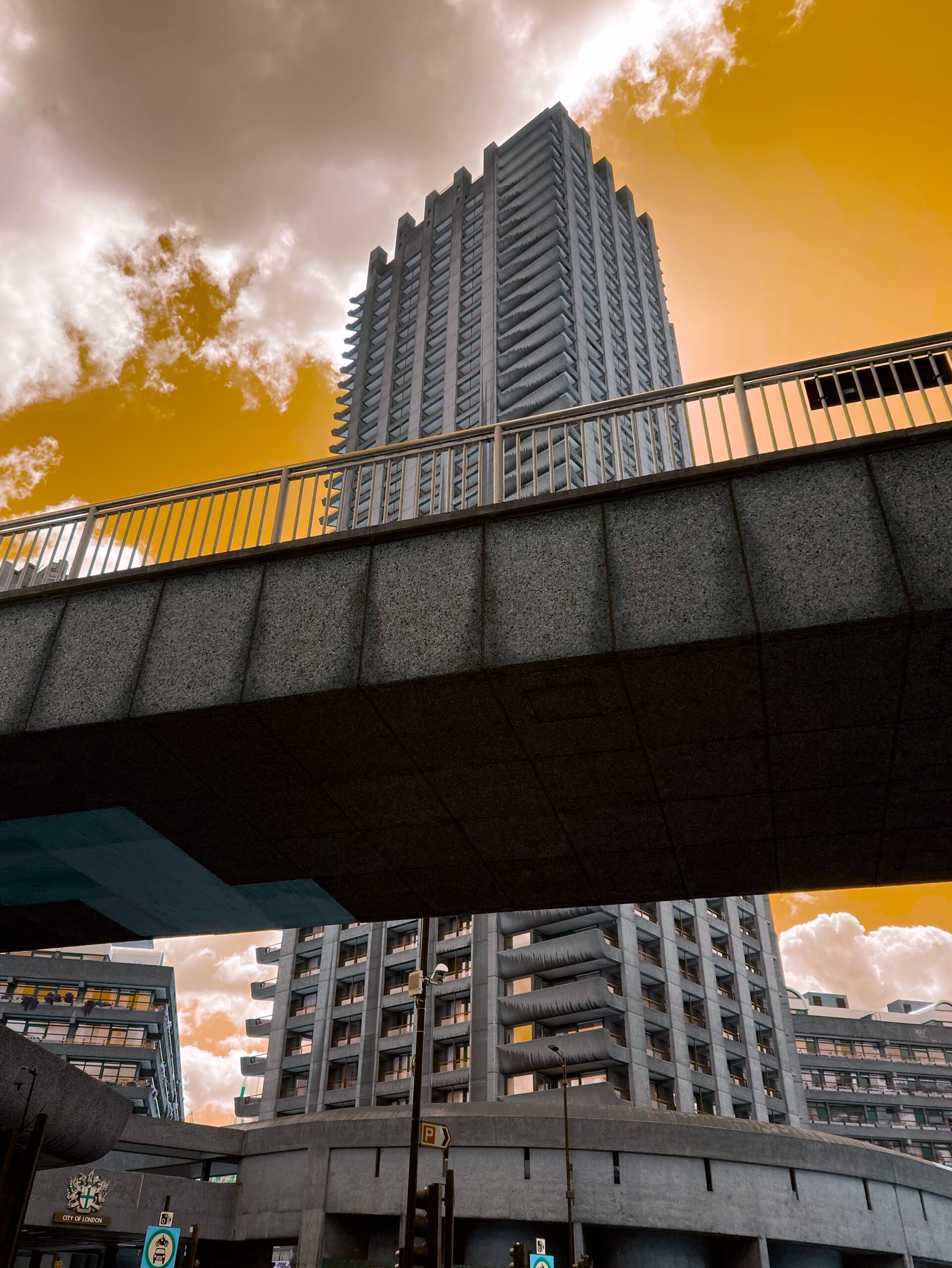
social & spiritual manipulation
Paranoid Architecture: Ballardian Concepts within Neolithic Contexts.

Within 21st century Britain, many believe that there are no truly tangible connections between the architectural landscapes of Neolithic Britain (c. 4.000 BCE – 2.200 BCE) and today’s urban built environments. Paranoid Architecture challenges these notions by looking at the Neolithic through a modern lens, and vice versa. Was the Neolithic truly a halcyon existence for its inhabitants? A time of positive social cohesion? Where the community who built together; lived, laughed, and loved together? Or were the peoples of the Neolithic enduring dystopia? Living in an age of flux? A society where discord, mistrust, friction, and hostility permeated within all levels of domestic and communal life? Stone circles used as panopticons of control? Interconnected settlements manifesting as single-storey, horizontal Ballardian high-rises? The social monitoring of friends, neighbours, fellow workers, and those considered deviant, is not a new phenomenon; born out of the age of CCTV, phone taps, and hacking of the virtual self. It has been an intrinsic part of society for millennia, with architecture playing a key role. Paranoid Architecture seeks out the links, and remember: Keep Your Friends Close, And Your Enemies Closer.
Lose yourself to find the way.
Perhaps Neolithic stone circles should be considered more as panopticons of social and spiritual manipulation. Is it so inconceivable to consider them as architectures of social and psychological control? Rather than structures of altruistic and spiritual care, did they instead channel malignancy, intimidation and fear?
Submit
your
work.
We're always on the lookout for field videos, interviews, audio-visual art, poetry and prose inspired by Paranoid Architecture. If you'd like to submit something of your own, please get in touch.


